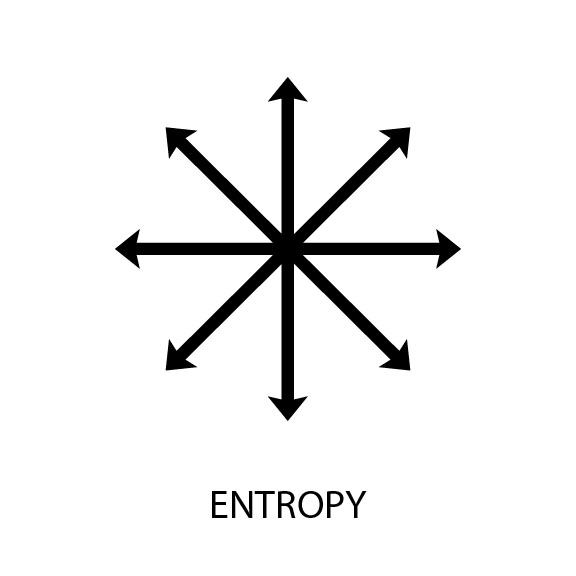Behind the scenes a team of people bring you Life of the Law audio stories. Julia Barton’s blog post The Editor’s Dimension highlights the editor’s perspective. And if I can reduce her thoughts, the takeaway for me is this: Editors help the reporter with the gift of fresh ears. They provide a way to filter a rough sounding story, make it sing so to speak, before Life of the Law releases it.
As a reporter for the podcast, I know how the story you hear benefits from solid editing. Right now, I’m in the process of reporting a story for Life of the Law. I’ve gathered background material, made phone calls, scheduled interviews. I’ve been in the field with a microphone and digital recorder gathering audio; familiarizing myself with the real lives of the narrative.
Now the grind begins.
Here’s a list many reporters relate to: 3×5 cards, copies of articles, hyper-links, Evernote “notebooks”, and even links to links. And not to forget the assortment of audio memos I need to sort through. All of it, for the time being, relevant to the story I’m desperately trying to organize on my computer screen. For me, story creation is an anxious process infused with the periodic rush of shaping a fine sentence or two. But mostly it’s a round of second-guessing.
After reporting a story, I sit, as Julia mentions, for hours but most often a few days transcribing my raw audio. That’s listening to 10-15 second segments of “tape” over and over, transcribing, and moving onto the next segment. And when you are a quick but sloppy two-finger typist as I am, it’s tedious work. But it’s the fundamental part of crafting a story. Often times an editor might ask, “Do you have any tape where the character mentions X, Y, or Z?” I’d lose sleep thinking I’d have to scramble for a response, recalling if indeed a character mentioned something specific. So as a rule, I transcribe all my tape, even those hour-plus interviews from which I might use only a minute’s worth.
Then I organize the digital and paper files. I’ve got one of those big 27-inch computer monitors and a wide desk—plenty of real estate. With the hard copies spread out, Word Docs and apps clicked open, I convince myself I need a doublewide monitor. A time-lapse of my computer screen would reveal a digital struggle between order and chaos. But it’s mostly entropy moving in the wrong direction.
That’s my workflow as I attempt to formulate what Julia calls the story’s “logical order”. The process is difficult. I’m tempted to think all my “wordsmithing” should make the cut. Pure vanity. But anyone who has dealt with an effective editor knows much of it should go.
Julia goes on to say the editor functions as the “bridge” between listeners of Life of the Law and the reporter. As I report and then produce a piece, here’s my conundrum: On my end of the bridge, I have an obligation to represent not only the big ideas and minutia accurately, but to represent the people I’ve interviewed as dignified. It’s something writer Gay Talese recently describes in an interview. Since I’m trusted to draft a story around a core of details characters have trusted me with, I want and need to get it right. It’s an obligation.
Having a podcast format for storytelling—which has less rigid time restrictions than most broadcast programs—allows me to honor that obligation. I’ve simply got more time to tell the story. That’s why Life of the Law is an asset.
The story I’m currently working on for Life of the Law explores water law in the arid West and how one rural community teeters at the tipping point after a year of drought. Without giving too much away, it involves a Native American tribe and hardscrabble ranchers. However you define right and wrong, the different stakeholders in this story are real people—all with deep connections to place. Their lives are organized by access to water. During my reporting these important questions have come up: Are ranchers artifacts of progress soon to become ghosts in this wide open place? And how is the law used to rejuvenate a marginalized tribe?
I’m still battling that entropy mentioned up top. Trying to cut nearly a thousand words from a draft before sending it off to go under the editor’s scalpel, trying to keep the story in that sweet spot of 10-14 minutes, trying to maintain the dignity of a rural place and its people without tuning out the Life of the Law audience. It’s the reporter’s challenge.









